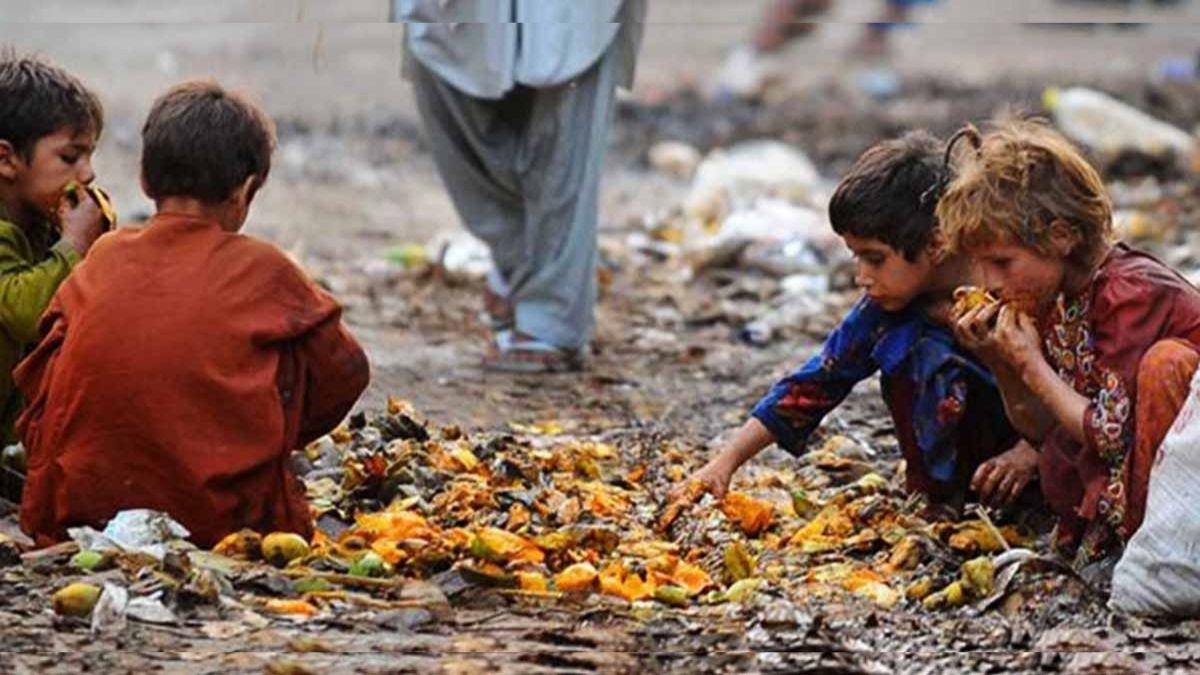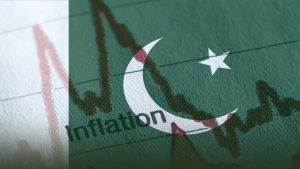Poverty remains one of the most pressing challenges in Pakistan. Despite multiple government initiatives and international aid, a large segment of the population continues to live below the poverty line. Understanding the key causes of poverty in Pakistan is essential for developing effective policies and programs aimed at poverty alleviation.
Economic Factors Contributing to Poverty
Low Economic Growth and Unemployment
Pakistan’s inconsistent economic growth has hindered the creation of sufficient job opportunities. High unemployment and underemployment rates, especially among youth and rural populations, limit income generation for many households.
The formal economy cannot absorb the rapidly growing labor force, pushing many workers into informal sectors characterized by low wages and job insecurity. Furthermore, the lack of industrial diversification reduces employment potential.
Inflation and Rising Cost of Living
Persistent inflation reduces the purchasing power of low-income families, making it difficult to afford basic necessities such as food, housing, and healthcare. Inflation rates in Pakistan often outpace wage growth, exacerbating economic hardship for vulnerable groups.
Read More: The Death Anniversary of Quaid-e-Azam – A Tribute to Pakistan’s Father
Agricultural Sector Challenges
Agriculture remains a primary source of livelihood for a large proportion of Pakistan’s population, but several issues undermine productivity and income:
- Reliance on outdated farming techniques and limited access to modern machinery.
- Water scarcity and irregular rainfall patterns worsened by climate change.
- Land fragmentation reduces economies of scale for small farmers.
- Poor access to credit and lack of crop insurance expose farmers to market risks.
Social Factors Driving Poverty
Low Literacy and Education Levels
Low literacy rates and poor-quality education limit employment opportunities and income potential. Pakistan’s literacy rate is approximately 60%, with rural areas and women particularly affected. Limited educational infrastructure and high dropout rates contribute to the cycle of poverty.
Poor Health and Malnutrition
Health challenges reduce labor productivity and increase healthcare costs for poor households. Malnutrition remains widespread among children, leading to long-term cognitive and physical impairments. Access to quality healthcare is limited, especially in remote and rural regions.
Gender Inequality
Women in Pakistan face significant barriers to education, employment, and property ownership. Cultural norms restrict their economic participation, leading to lower household incomes. Early marriages and limited access to reproductive health services further exacerbate poverty among women and their families.
Political and Governance Factors
Corruption and Weak Governance
Corruption in public institutions undermines development efforts and diverts resources from poverty reduction programs. Mismanagement and lack of transparency reduce the effectiveness of social services and infrastructure projects.
Political Instability
Frequent changes in government and political unrest disrupt long-term planning and policy continuity. This instability discourages investment and hinders sustainable economic development.
Inadequate Social Safety Nets
Pakistan’s social protection programs are limited in coverage and effectiveness. Many vulnerable groups, including informal sector workers and rural poor, lack access to unemployment benefits, health insurance, or targeted welfare schemes.
Structural and Environmental Causes
Rapid Population Growth
Pakistan’s high population growth rate places immense pressure on resources, infrastructure, and social services. Increasing demand for housing, education, and healthcare outstrips supply, creating shortages and lowering living standards.
Urbanization and Infrastructure Deficits
Rapid urban migration has led to the expansion of informal settlements with inadequate access to clean water, sanitation, electricity, and transportation. Overcrowding and poor infrastructure contribute to unhealthy living conditions and limit economic opportunities.
Environmental Degradation and Climate Change
Environmental challenges disproportionately impact the poor. Floods, droughts, and extreme weather reduce agricultural productivity and displace vulnerable populations. Soil erosion, deforestation, and water shortages limit sustainable livelihoods in rural areas.
Read More: Lucky Cement Organizes Heart Screening Camp Near Pezu Plant
Cultural and Historical Factors
Feudal Land Ownership
The concentration of land ownership among a small elite restricts equitable access to land and economic resources. Landless peasants face exploitation and lack the collateral needed to access credit or improve productivity. Feudalism also influences political power structures, limiting reforms that could alleviate poverty.
Social Inequality and Caste-Based Discrimination
Deep-rooted social hierarchies and discrimination against marginalized groups restrict access to education, employment, and political representation. These inequalities trap disadvantaged communities in cycles of poverty and limit social mobility.
Conclusion
Poverty in Pakistan is driven by a complex combination of economic, social, political, and structural factors. Sustainable poverty reduction requires a multi-faceted approach that includes:
- Promoting sustained economic growth with broad-based job creation.
- Improving education quality and healthcare accessibility.
- Strengthening governance, transparency, and anti-corruption measures.
- Empowering women and marginalized groups to participate fully in the economy.
- Enhancing social protection systems to cover vulnerable populations.
- Addressing environmental challenges and managing population growth effectively.
Addressing these issues in an integrated manner is crucial for Pakistan to reduce poverty and improve living standards across the country. Stay updated with Bloom Pakistan
Read More: Shan Foods and Al-Khidmat Foundation to install water pumps and toilets across Kunri









